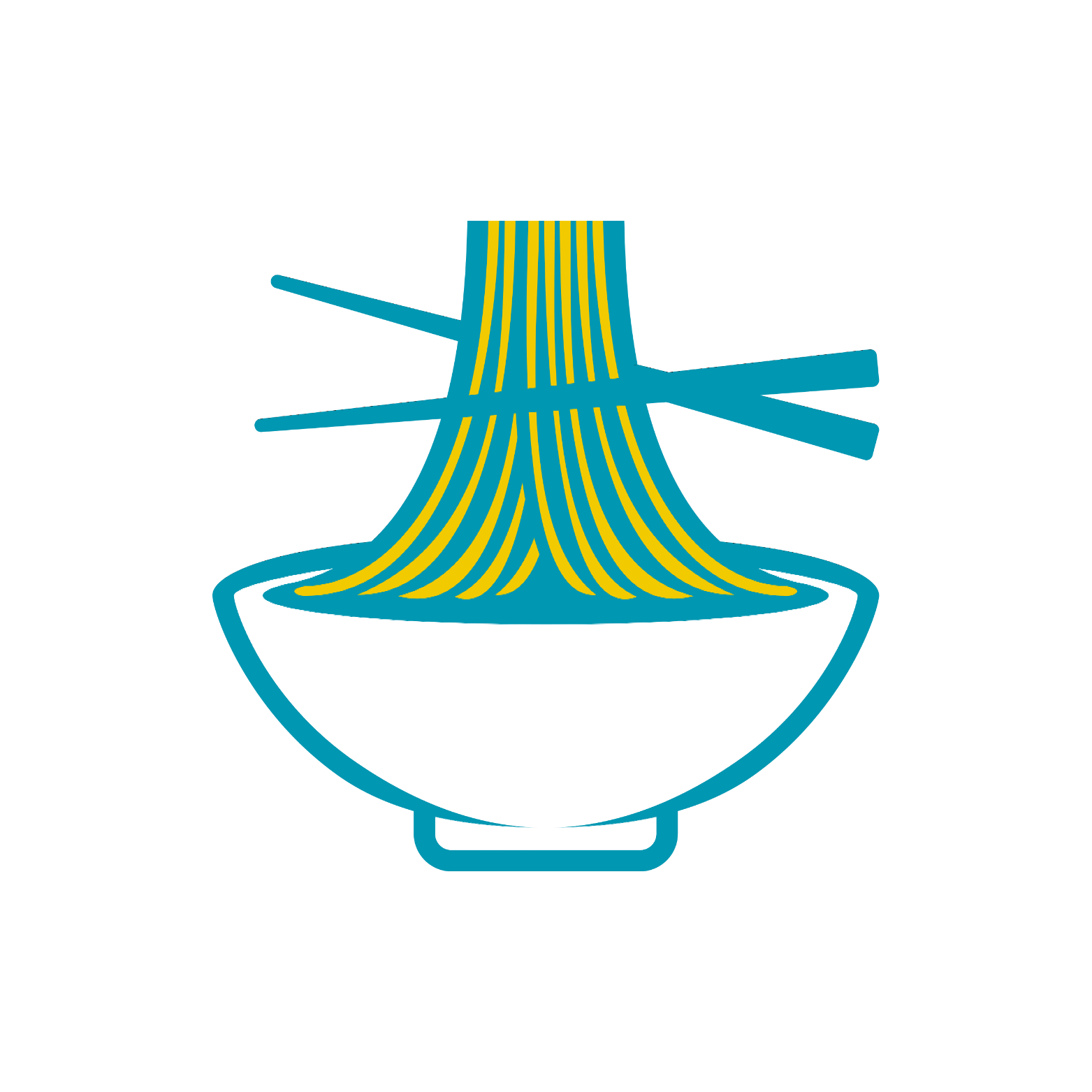Rukau or Taro Leaves : Pacific Islands traditional dish with taro leaves in coconut cream , often paired with meat or seafood , reflecting cultural heritage .
Its preparation showcases a harmonious blend of flavors, with the creaminess of coconut perfectly complementing the earthiness of taro leaves. Historically, Rukau has sustained communities across the Pacific, serving as both a nutritious staple and a symbol of cultural identity. Today, it continues to be cherished as a beloved dish, celebrated for its simplicity, richness, and connection to Pacific Island heritage.
Ingredients:
- Taro leaves
- Coconut cream
- Meat or seafood (optional, such as fish, chicken, or pork)
- Salt and pepper to taste
Method:
1. Wash the taro leaves thoroughly and remove any tough stems.
2. In a large pot, heat the coconut cream over medium heat until it begins to simmer.
3. Add the taro leaves to the pot, stirring gently to coat them in the coconut cream.
4. If using meat or seafood, add it to the pot and season with salt and pepper.
5. Reduce the heat to low and let the mixture simmer gently for about 20-30 minutes, or until the taro leaves are tender and the flavors have melded together.
6. Serve hot and enjoy your delicious Rukau!
Nutrition Value:
1. Taro Leaves:
- Calories: Approximately 28 calories per 100 grams
- Carbohydrates: About 6.7 grams per 100 grams
- Protein: Roughly 1 gram per 100 grams
- Fat: Minimal, less than 0.1 grams per 100 grams
- Sodium: Low, less than 10 milligrams per 100 grams
- Cholesterol: None
- Vitamins: High in vitamin A, vitamin C, vitamin B6, folate, and vitamin E
- Minerals: Good source of potassium, magnesium, calcium, and iron
- Nutritional Benefit: Taro leaves are rich in vitamins and minerals, particularly vitamin A and potassium. They also provide dietary fiber, which aids in digestion and promotes gut health.
2. Coconut Cream:
- Calories: Approximately 330 calories per 100 grams
- Carbohydrates: About 3.4 grams per 100 grams
- Protein: Roughly 3.3 grams per 100 grams
- Fat: High, approximately 34 grams per 100 grams (mostly saturated fat)
- Sodium: Low, less than 15 milligrams per 100 grams
- Cholesterol: None
- Vitamins: Contains small amounts of vitamin C, vitamin E, and some B vitamins
- Minerals: Good source of manganese, copper, iron, and selenium
- Nutritional Benefit: Coconut cream provides a rich, creamy texture to dishes and is a source of healthy fats. It also contains minerals like manganese and copper, which are essential for metabolic functions and antioxidant defense.
3. Meat or Seafood (Fish, Chicken, Pork, etc.):
- Nutritional values vary depending on the type and cut of meat or seafood.
- Typically rich in protein, varying amounts of fat (depending on cut and preparation), and varying levels of vitamins and minerals.
- Nutritional Benefit: Meat and seafood are excellent sources of high-quality protein and essential nutrients like iron, zinc, and vitamin B12. They contribute to muscle growth and repair, support immune function, and provide energy.
4. Salt and Pepper:
- Salt: Mainly sodium with trace amounts of other minerals
- Pepper: Negligible in terms of calories and nutrients
- Nutritional Benefit: Salt enhances flavor and helps to balance the dish's taste. However, excessive salt intake should be avoided due to its association with hypertension and other health issues. Pepper adds a hint of spice and may have antioxidant properties.


Comments